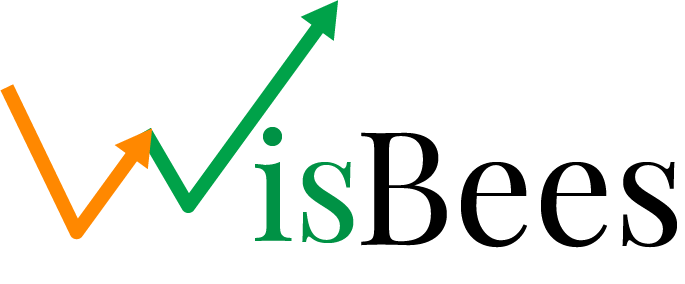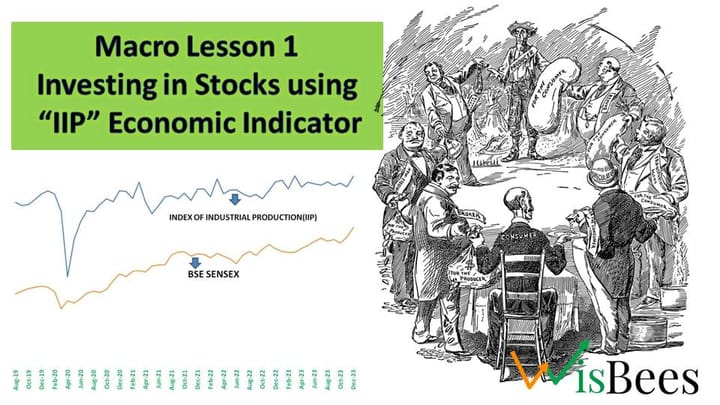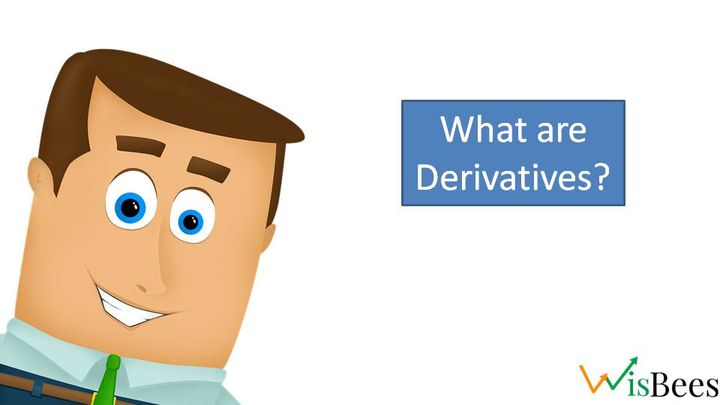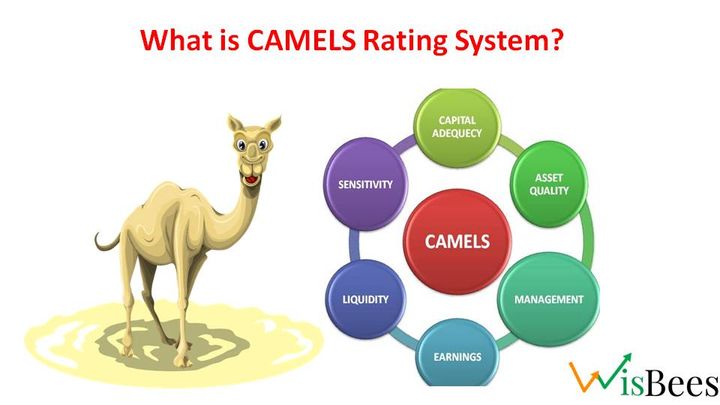Double Top & Double Bottom chart patterns

Double Top Pattern
The Chart says it all, or All charts say something.
The double-top chart pattern is believed to be a trend reversal pattern. It suggests that whenever it appears at the top of a technical chart, it is considered to mark the end of an uptrend and may indicate the start of a new downtrend.
As the name suggests, "Double Top" looks like nothing more than two cliffs/mountains forming a valley. So, now you know how to identify one.
Formation
This pattern forms when the price faces rejection twice at the same levels, forming two peaks which are also considered psychological resistance for the price. Remember, the valley we mentioned earlier forms the neckline of the pattern's low (nothing but the pattern low acting as a support for the price). It is important because it tells us when to enter the trade and what our potential target should be.
How to Trade?
As we mentioned earlier, it is a trend-reversal pattern found at the top of an upswing.
- Whenever you see this pattern, make sure it was formed at the top of an uptrend.
- Then, you need to mark the neckline, which will help you set up a target and entry point for the same.
- Find the distance between the highest point between the two cliffs and the neckline. The distance between the two will be the potential target in the opposite direction (downward).
- If you are a risk-taker, you can take an entry when a long bearish candle gives a closing below the neckline of the pattern. If you are a risk-averse trader, you can wait for another good bearish candle (not an indecision candle) to confirm the new trend.
- Generally, higher volume is observed during the formation of the first peak, followed by lower volume during the temporary decline and the formation of the second peak. It is important to note that volume plays an important role in confirming a trend because if it is not confirmed by volume, then it may start rising again, forming higher highs.
Example

Let's understand the above trade by examining an actual price chart. We have chosen a classic case of the Double Top pattern in WIPRO's price chart to comprehend its formation and impact. Remember our first line: "The chart says it all, or all charts say something." Yes, if anything occurs in the fundamentals, it is also clearly reflected in the price chart itself. Due to the decline in quarterly and annual results, the prices also started falling. We will not delve deeply into its fundamentals.
It is evident from the above chart that after a long rally in the price, the first correction began on October 14, 2021, after reaching a high of 739.85 and ended with a low of 603.95 on November 29, 2021. This has now become the neckline or the support level for the price, after which it bounced back to the same levels by the end of December 2021. Now, when the price started falling again from the same level, you just have to wait and watch if it breaks the neckline or again finds support at that level. The point where it breaks the neckline becomes the entry point for traders (one can take positions like shorting futures, buying put options, or selling call options based on their risk and reward ratio), and the target will be as mentioned earlier.
Note that you should not be frightened by the small correction just after the neckline breakout because prices tend to start falling from such levels, forming lower lows and lower highs.
Double Bottom Pattern
Now that you have understood the "Double top pattern," the "Double bottom pattern" is its opposite. The double bottom chart pattern is believed to be a bullish reversal pattern. It states that whenever it appears at the bottom of a downtrend, it is considered as the end of a downtrend, and a new uptrend may start.
As the name suggests, "Double Bottom" looks like nothing but two troughs, and it is most popularly known as the "W" pattern.
Formation
This pattern forms when the price faces support twice at the same levels forming two bottoms which are also marked as the entry point for the bulls. The neckline of the pattern’s high (nothing but the pattern high acting as a resistance for the price). It is important because it tells us when to enter the trade and what should be our potential target.
How to Trade?
As we have mentioned earlier that it is a trend-reversal pattern found at the bottom of a downswing:
- Firstly, whenever you see this pattern, make sure that it was formed at the bottom of a downtrend.
- Second, you need to mark the neckline, which will help you in setting up a target and entry point for the same.
- Third, find the distance between the lowest point between the two troughs and the neckline (high of the pattern). The distance between the two will be the potential target in the opposite direction (upward).
- Fourth, for entry, if you are a risk-taker, you can take an entry when a long bullish candle gives a closing above the neckline of the pattern. If you are a risk-averse trader, you can wait for another good bullish candle (not an indecision candle but a long green candle) to confirm the beginning of a new trend.
- Generally, higher volume is observed during the formation of the first peak, followed by lower volume during the temporary decline and the formation of the second peak. It is important to note that volume plays an important role in confirming a trend because if it is not confirmed by the volume, then it may start rising again, forming higher highs.
Example

Here, we have taken Nifty50's chart to understand a "Double Bottom" pattern or "W" pattern.
The explanation is the same as the one we have explained in the "Double Top" pattern of Wipro. The only difference is that in this scenario, the price will move up, and traders can take positions by buying Nifty50's futures, buying call options, or selling put options.
| Broker | Type | Offerings | Invest |
|---|---|---|---|
 |
Discount Broker | Mutual Funds, Stocks, IPOs, Bonds | Know more |
 |
Discount Broker | Mutual Funds, Stocks, IPOs, Bonds | Know more |
 |
Discount Broker | Mutual Funds, Stocks, IPOs, Bonds | Know more |
 |
Service Broker | Mutual Funds, Stocks, IPOs, Bonds | Know more |



